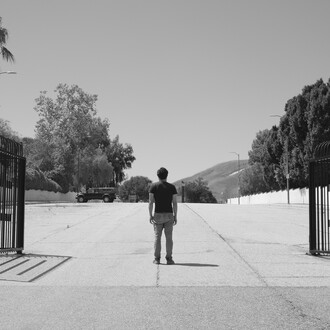Fine art, theatre, literature and performance – Jan Fabre (*1958, Antwerp) is a multitalent, whose artistic creativity leads him to explore a wide range of disciplines. One decisive starting point in this constant search for new forms of expression and the perfectly beautiful is his detailed examination of Flemish old masters from his home city, Antwerp.
Paintings by Paul Peter Rubens were also the direct source of inspiration for the BIC ballpoint pen drawings from the series “The Appearance and Disappearance of Antwerp / Bacchus / Christ”, which Fabre created for the State Hermitage Museum in St. Petersburg in 2016. The creative process behind these works is based on a combination of two of his preferred genres, performance and drawing. As if for a theatre production, Fabre directed an interpretation of the Baroque figures’ body language and aesthetics by his stage artistes and captured the results in photographs. The images on the glossy photo paper were subsequently drawn over two-dimensionally using ballpoint pen, so that the bodies seem to dissolve into the dark blue colour; depending on the viewing angle, they appear to emerge from and retreat again into the monochrome surface. Fabre has been exploiting this optical effect since the early 1980s, establishing the BIC ballpoint pen as one of his favored drawing tools. In this context, paper is not the only ground chosen; he also draws on entire architectures (Tivoli Palace) or objects.
Until the spring of this year, the drawings from the three series with Antwerp, Bacchus and Christ were part of Fabre's exhibition “Knight of Despair/ Warrior of Beauty” in the State Hermitage, St. Petersburg, where they were presented in the Rubens Room among paintings by the old master. In an exhibition entitled “The Appearance and Disappearance of Antwerp / Bacchus / Christ (2016) - Special creations for The State Hermitage Museum” a selection of these works can be seen now at Galerie Klüser in Munich. Here, the large- and small-format drawings are exhibited, upon the artist’s request, together with works on paper from the Klüser collection. The Baroque works by van Dyck, Rembrandt, Tiepolo and other old masters are related thematically, taking up the topics of Fabre's own works and so generating a link to his contemporary BIC images.
















